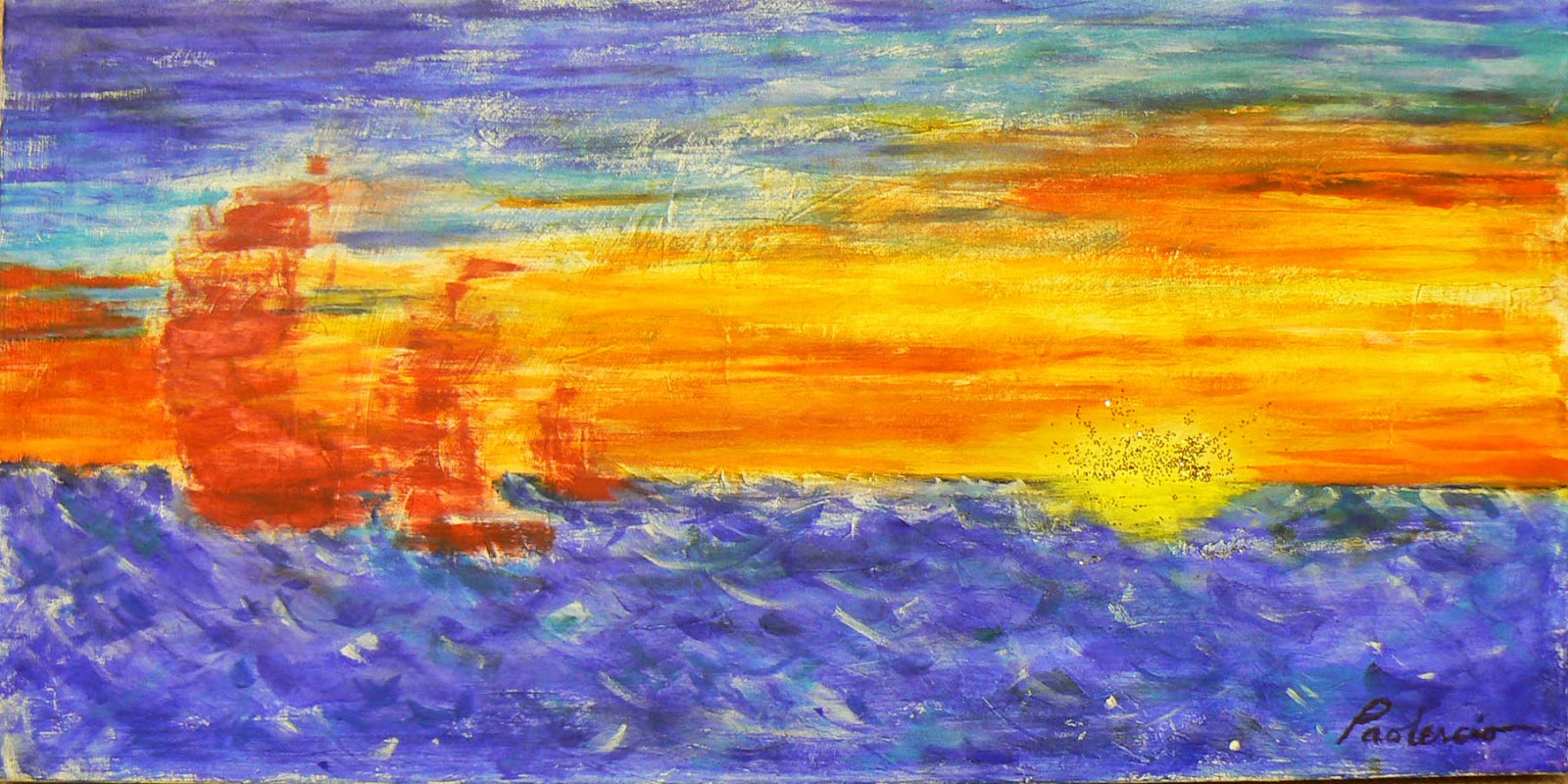I've been painting quite a bit lately -- and, sad to say, neglecting my drawing skills regimen. I have been excited, however, about how I am progressing. While I've done about 6-10 paintings since I've last posted, the two that have been most satisfying while be featured this weekend at two different Winter Art Shows.
Winter at the Horse Farm in New Hampshire will be at the Loveland Artist Studios on Main for Friday, Dec. 5 artists reception from 6-9 p.m. I have won People's Choice Award two years in a row at the Loveland Winter Art Show. Food, wine, music and merriment! Click the link for directions, though the easiest way to find the studios is to located the Loveland Post Office and the studios are across the street in the old school house.
Winter at the Horse Farm in New Hampshire is a 24 x 30 oil painting. I've been working on it off and on most of the summer and fall, but really pulled it all together over the last 4-6 weeks. It sounds as if I put more time in to this than it really was. In actuality, less than half the time I would take on a normal-sized colored pencil piece.
 |
| Winter at the Horse Farm in New Hampshiire |
 |
| The Three Brothers |
The Three Brothers is my first excursion in to the world of fantasy artwork. I loved doing this. The white dragon was more difficult to do than I ever anticipated. I still am not sure I completely like it, but you reach a point where you need to stop noodling and accept it. For the time being ...
The third dragon, by the way, is the gold dragon, up near the peak of the distant mountain.
The painting is 24 x 30 and done in acrylic painting. Easier clean up. Oil is more fun cause you can BLEND so much more easily. Getting transitions accomplished in acrylic is challenging and I find myself constantly re-doing it. I am not sure, however, i could get the detail on the red dragon as well in oil paint. Especially since I have a tendency to rest my hand on the canvas. (Yes, I am aware of maul sticks. I find them cumbersome. More learning must be done).
Hopefully, I will see you at one of the two shows this weekend! Hope your Thanksgiving Holidays were fun and eventful and happy!!!!


































